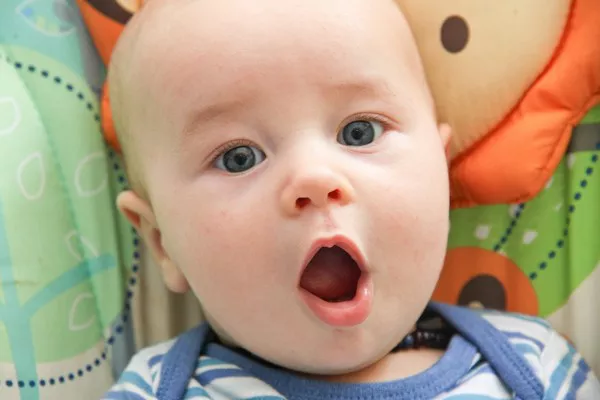New research indicates that babies produce distinct patterns of squeals and growls during their first year, which are crucial for speech development.
Researchers from the United States and Austria conducted the first large-scale study involving human coding of infants’ vocalizations using recordings from their homes.
They found that babies engage in vocal play and practice, with the most common sounds being vowel-like sounds, squeals, and growls.
The study analyzed recordings from 130 English-learning babies over their first year, with 21 five-minute samples chosen randomly from each recording.
Dr. HyunJoo Yoo, a co-author of the study, noted that 40% of analyzed squeals and growls clustered significantly across all infants, with over 60% of sessions focusing on either squeals or growls, but not both.
Published in the journal PLoS One, the study also revealed that 87% of babies showed significant clustering of either squeals or growls at different ages.
While the researchers acknowledged that their approach may have oversimplified the complexity of baby vocalizations, they believe the dataset provides clear patterns warranting further investigation into language development.
Dr. Yoo emphasized the importance of vocal exploration in language development, stating that infants not only produce speech-like sounds but also actively explore and practice different vocalizations from the early months of life.


